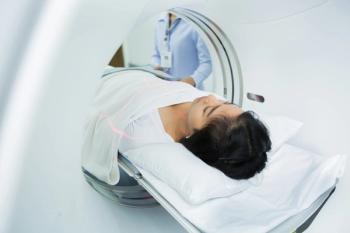
Better Results for Patients at Risk for CAD with High-Res Coronary CT Angiography
High resolution coronary CT angiography provides better results among patients at high risk for CAD than does standard resolution coronary angiography.
High resolution (HR) coronary CT angiography could be a useful tool in assessing patients at high risk for coronary artery disease (CAD), according to a study published in the journal
Researchers from Italy performed a randomized study of 184 patients who were at high risk for CAD to evaluate the image quality, evaluability, diagnostic accuracy and radiation exposure of HR coronary CT angiography, compared with standard spatial resolution (SR). All patients underwent invasive coronary angiography (ICA) within seven days of undergoing SR coronary CT angiography (91 patients) or HR coronary CT angiography (93).
The results showed that there were advantages from the HR coronary CT angiographies compared with the SR coronary CT angiographies:
Higher specificity and accuracy were also seen in patient based analysis: HR coronary CT angiography specificity of 91 percent, compared with SR at 46 percent, and HR coronary CT angiography accuracy of 98 percent, compared with SR at 92 percent.
The authors concluded that these findings suggest “a potential use for this technology in patients at high risk for CAD.”
Newsletter
Stay at the forefront of radiology with the Diagnostic Imaging newsletter, delivering the latest news, clinical insights, and imaging advancements for today’s radiologists.



























